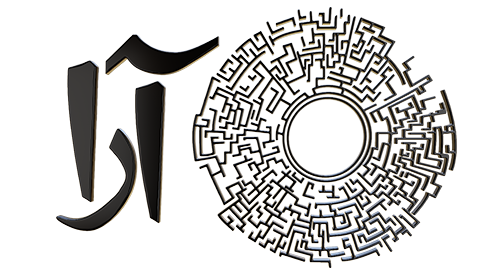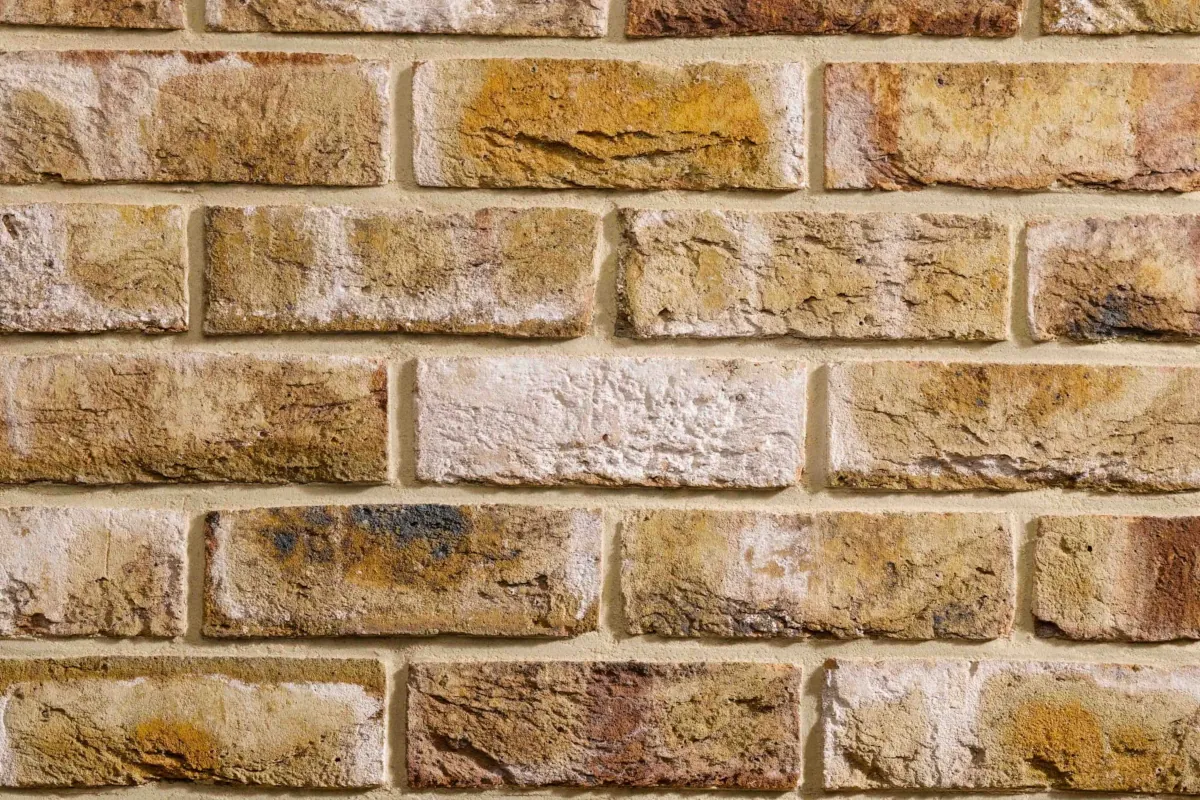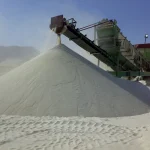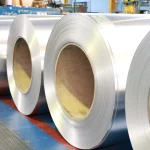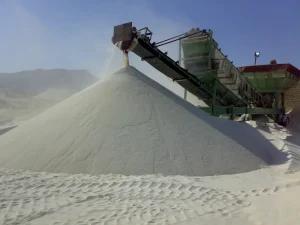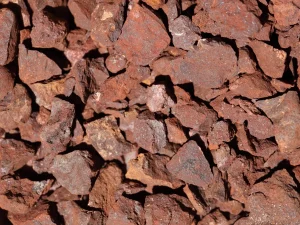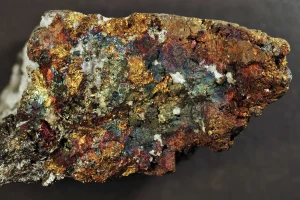Brick is definitely one of the oldest materials that is artificially made by humans and used in building. At first, bricks were usually made of mud. The earliest form of bricks probably dates back to 7500 BC, which was seen in Mesopotamia. Fired brick has been used for a long time and is considered one of the most durable building materials. For this reason, very old brick buildings are still standing. Sometimes brick is also referred to as false stone. Bricks are made in different shapes and sizes. But perhaps the shape of a rectangular cube with holes on it is the most common image that comes to mind when you hear the word brick. During this article, after a brief explanation about brick and its uses in the construction industry, we will also mention its firing method.
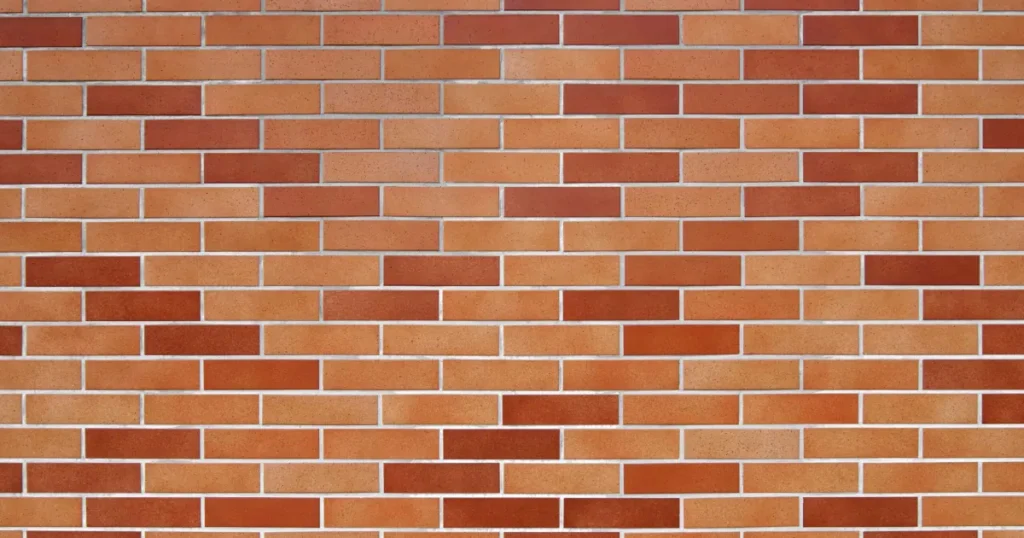
?What are the uses and benefits of bricks
Brick is one of the most widely used building materials, which is used in the body of the building, in the walls and roofs. When you construct a building for residence, you are certainly facing challenges. These challenges must be overcome successfully because you are going to live in that building for a long time. Maybe constructing the whole building with bricks is expensive, but this is worth it. Using bricks for non-bearing walls instead of using prefabricated walls will increase the building’s resistance in addition to providing very good insulation for sound and heat.
Heavy interior walls contribute to a constant temperature through their thermal mass. Similarly, when the sun is shining or the weather is cold, you can balance the temperature fluctuation. This is quite useful given modern building regulations, which specify that internal heat must be achieved through a low but constant temperature.
In summer, the need for cooling and ventilation is reduced thanks to the solid walls. Overheating has become a problem for energy efficient homes. Brick walls provide a constant and pleasant temperature, which is also significant in terms of energy consumption.
Brick has stood the test of time well over the centuries. There are many old and ancient brick buildings in the world that are still standing and will remain standing.
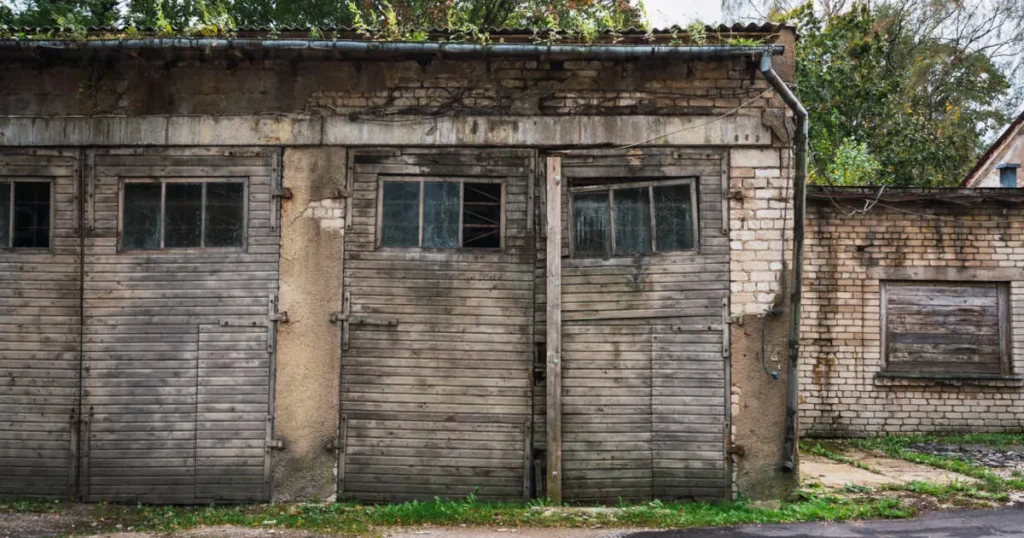
?How are bricks made
Brick is usually obtained by firing it in brick kilns. The main ingredient of brick is clay mixed with shale (a kind of stone). After creating the brick paste, it is molded and baked in the kiln. Depending on the desired quality, brick making can be done mechanically or traditionally.
Traditional method: In this method, which is usually used to bake cheaper bricks, workers first mix clay with water. After this step, the resulting paste is manually pressed into the desired molds. Usually, after this step, the bricks are placed in the sun to dry.
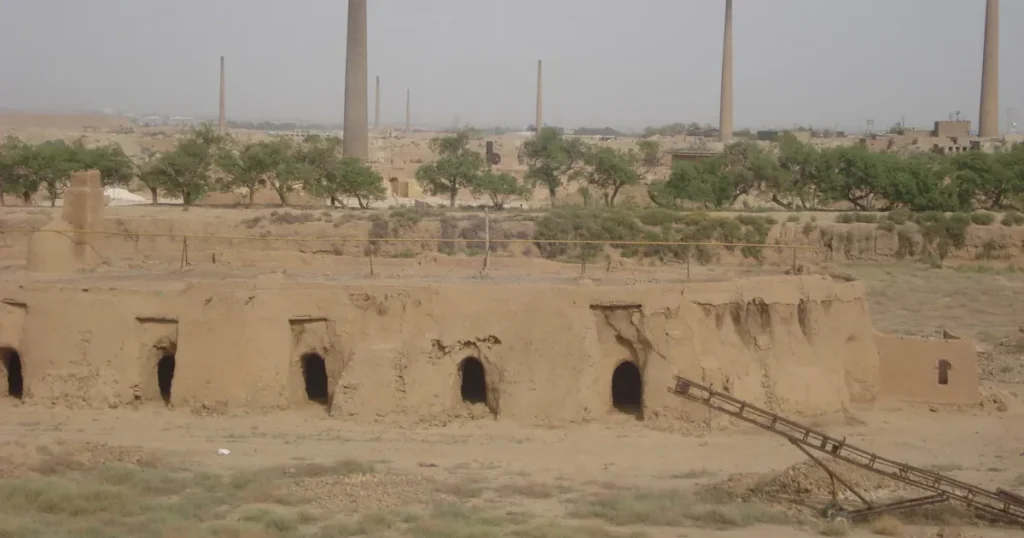
Machine method: in this method, the steps of making brick paste from clay and water, as well as the steps of molding and baking are done by machine.
The soil selected for making bricks should be free of impurities. Any waste, plant roots, or impurity particles must be separated from it and prepared cleanly for baking bricks. The clay that is chosen for making bricks should contain materials such as iron oxide, lime, aluminum oxide, silicon oxide, sodium sulfate and silica.
To prepare the paste, water should be added as much as between 20 and 25% of the weight of the clay. Although the water used does not need to be completely pure, it must be free from any kind of dirt, waste and extra substances.
After this step and the preparation of the paste, the brick should be molded. As mentioned, this molding can be done by traditional or machine method. After molding, the bricks must be dried.
During the firing stage, the bricks should be heated so that the aluminum hydro silicate is converted into aluminum silicate and a strong and cohesive molecular bond is created between the brick components. In this way, the brick becomes so strong that it can withstand up to one hundred kilograms per square centimeter.
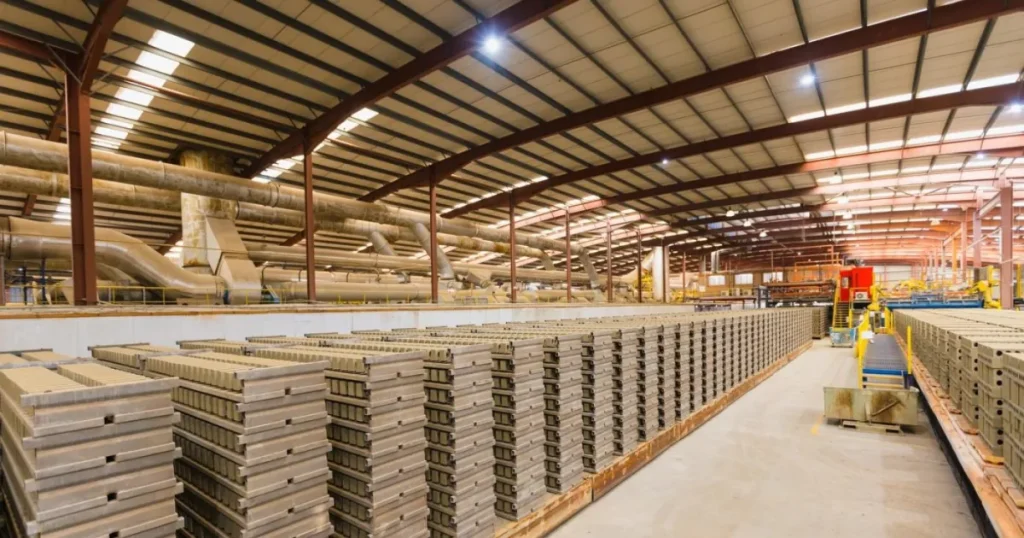
last word
Brick is one of the materials that, although it has been used since the distant past and its manufacturing method has not changed dramatically, but it is still widely used. Bricks can bear very high weight and pressure and resist erosion and wear for centuries. Buildings that were built hundreds of years ago with bricks have been able to remain standing.
